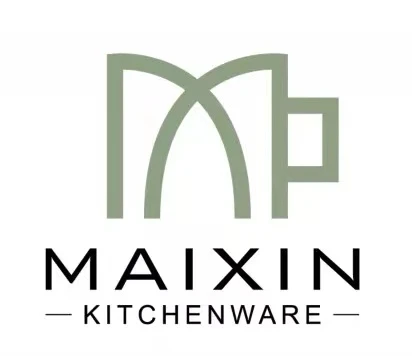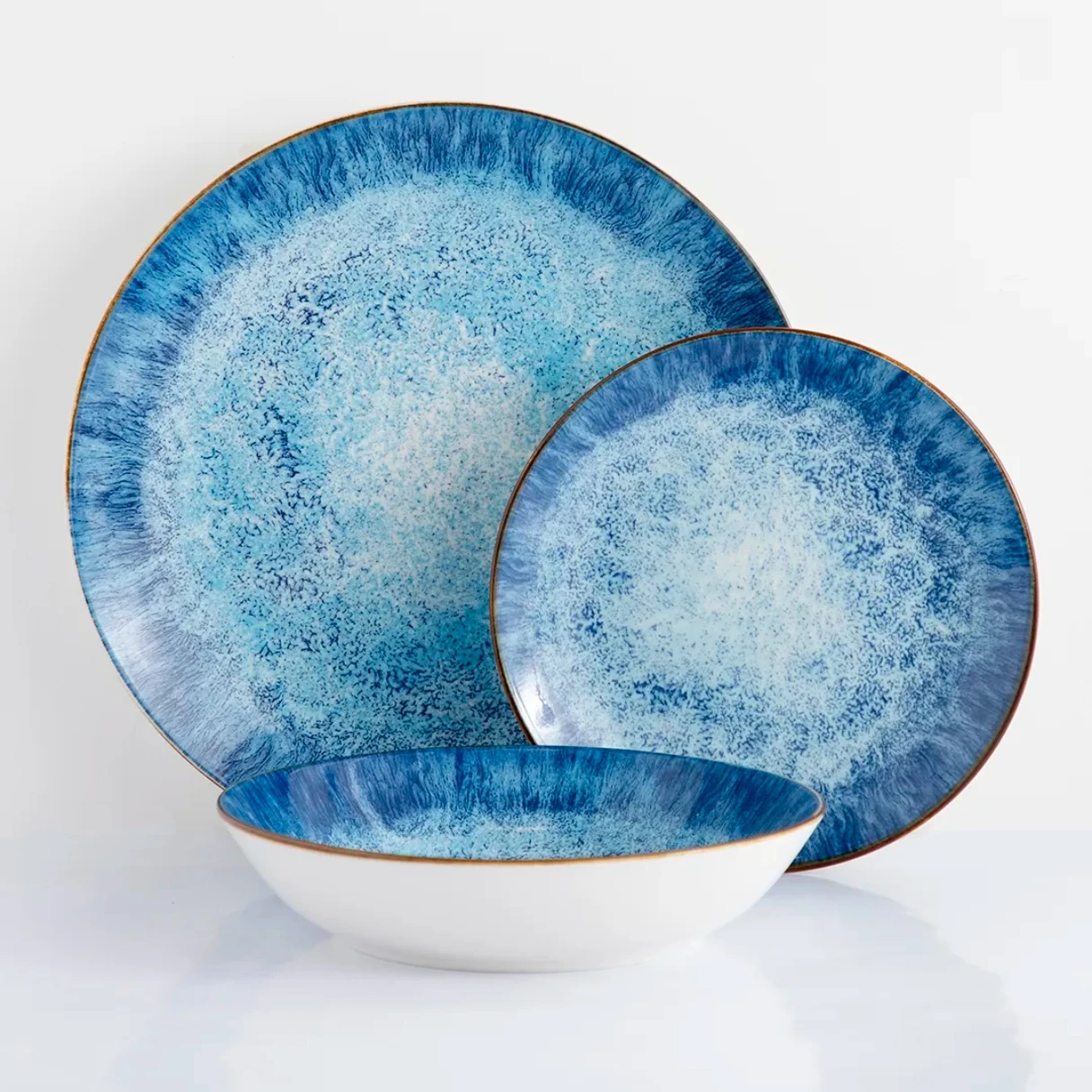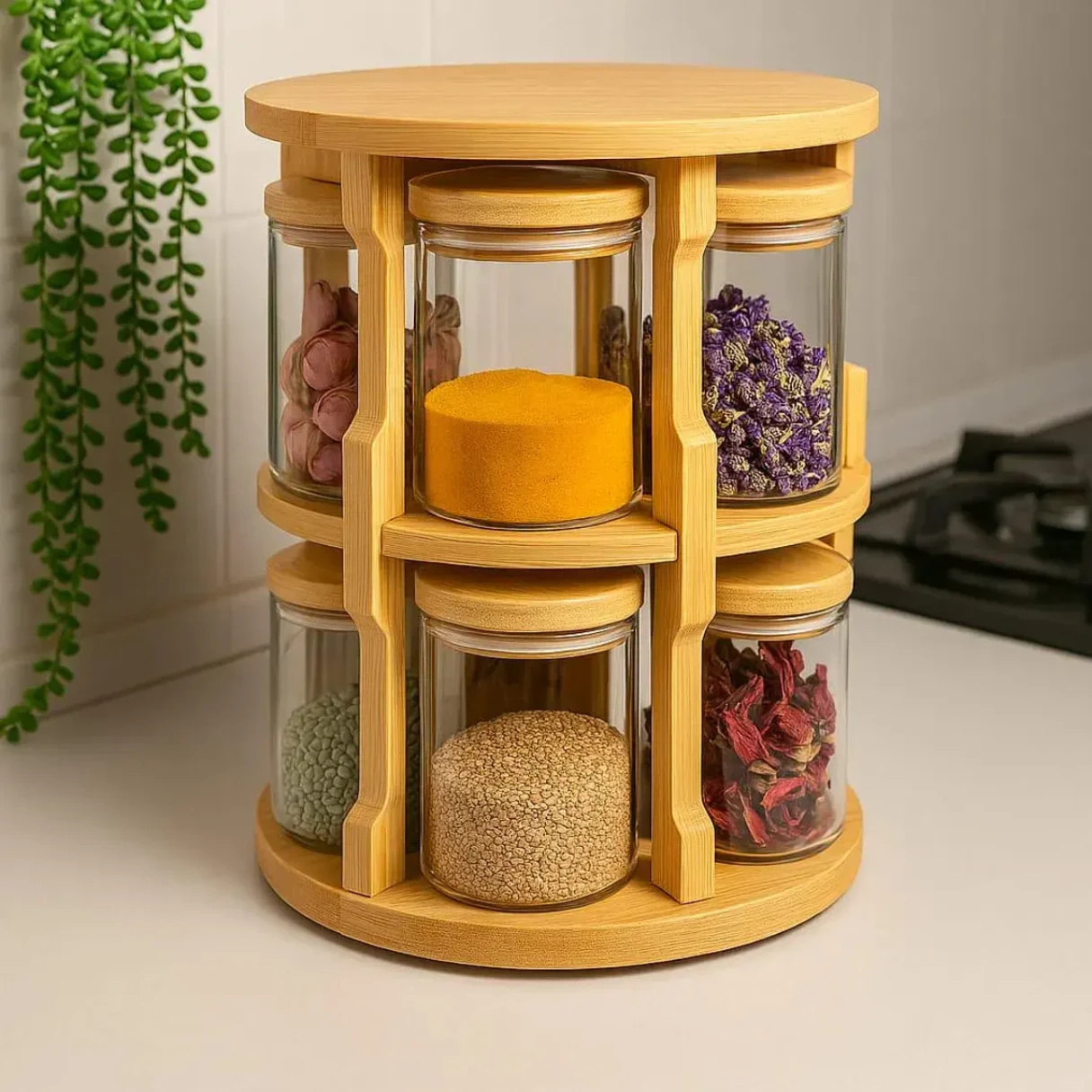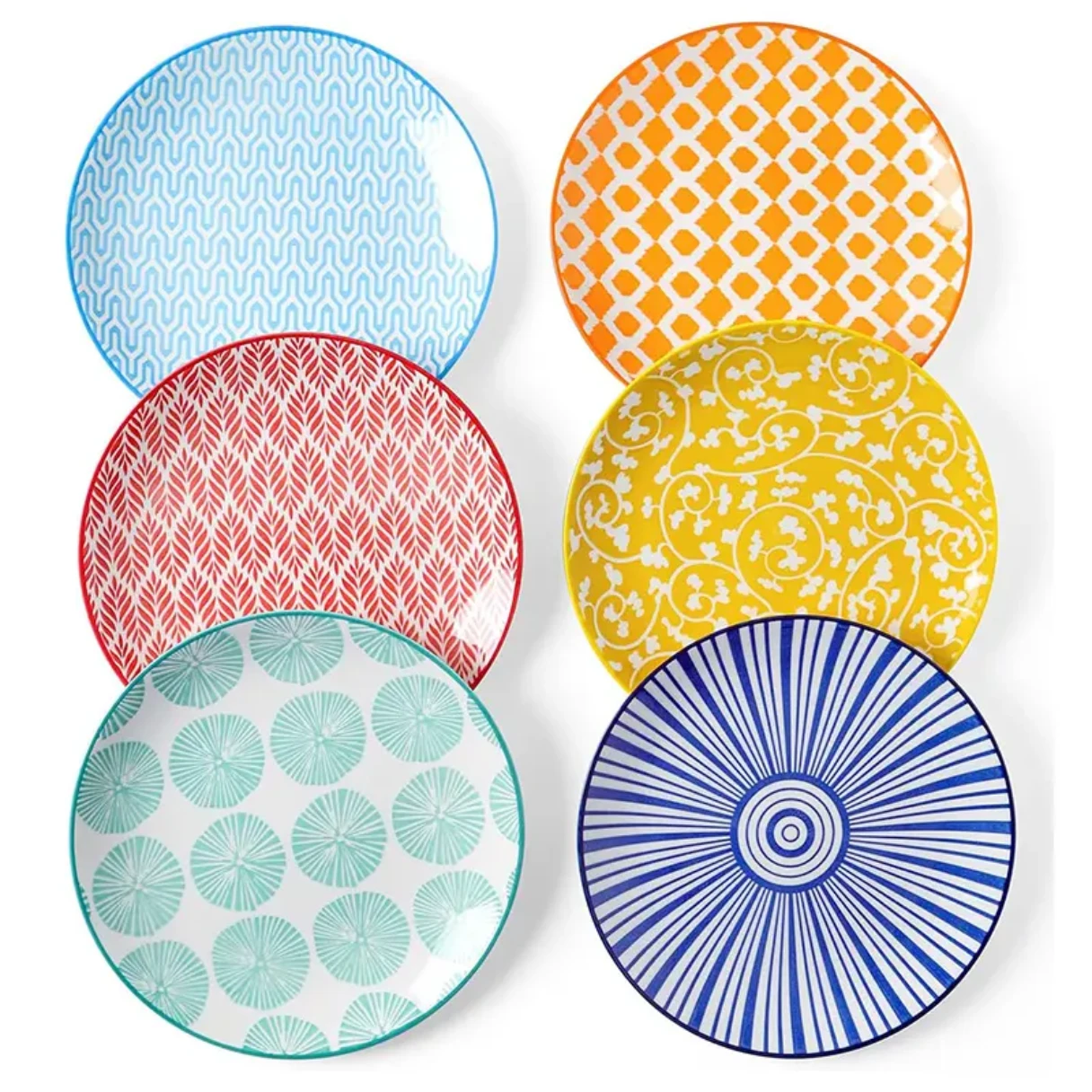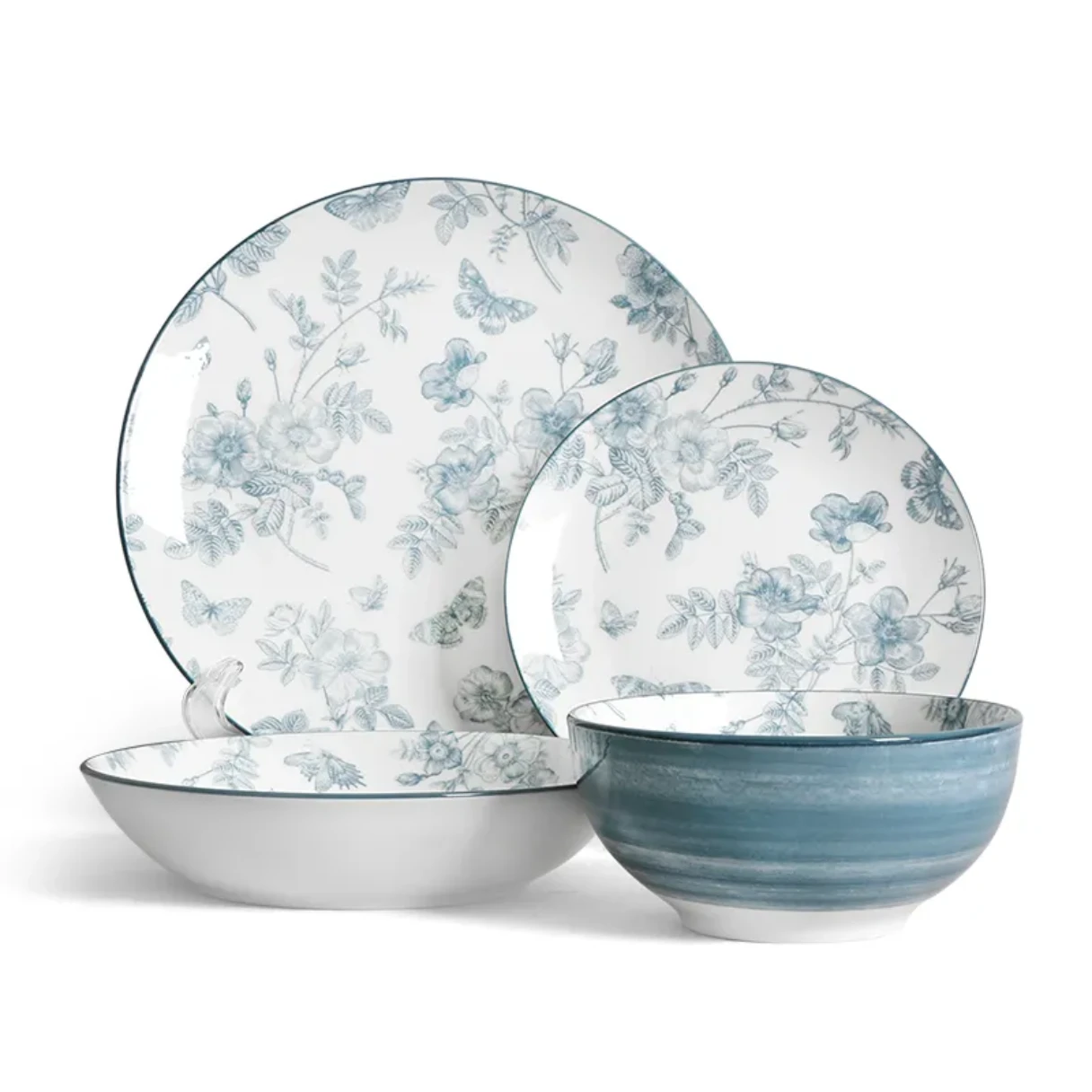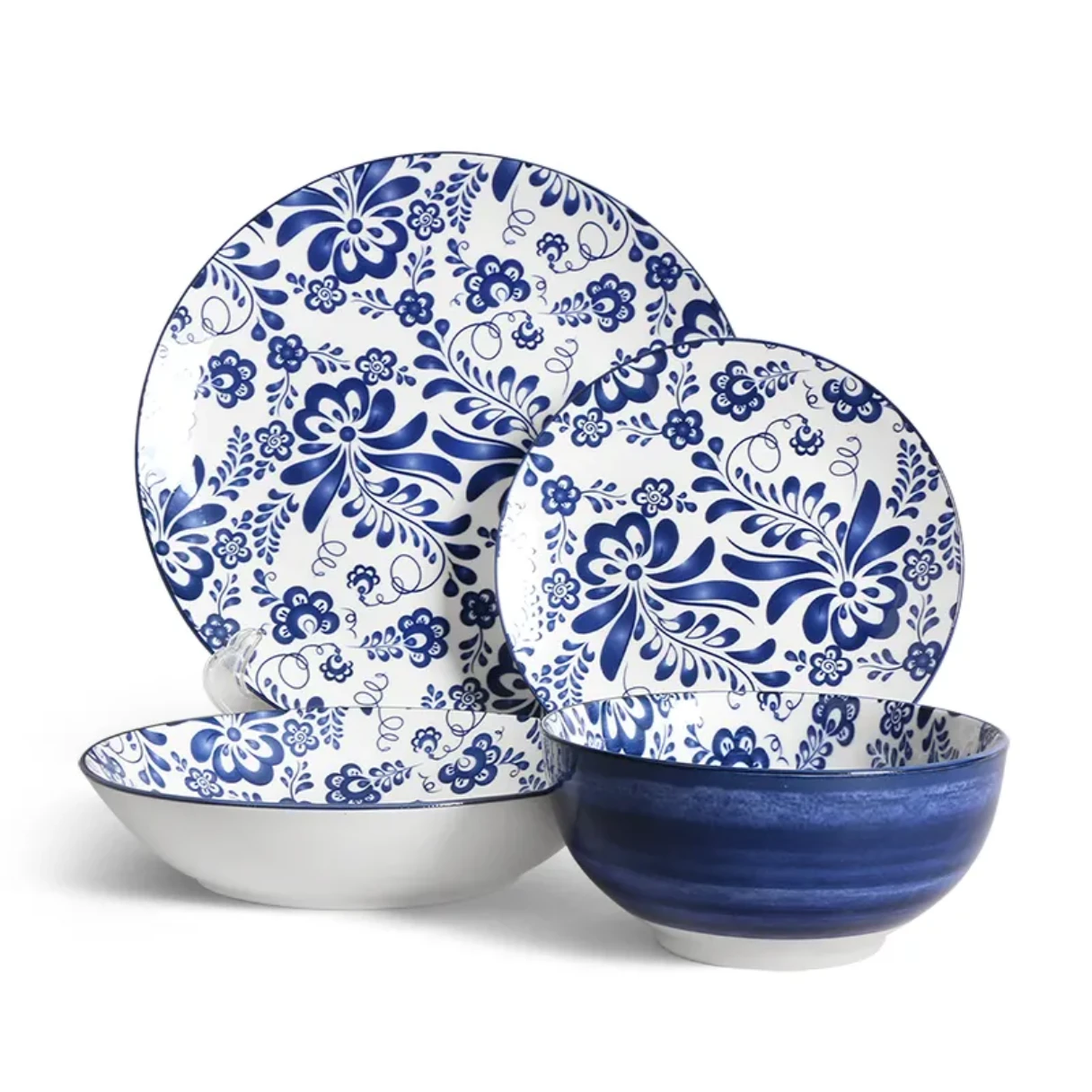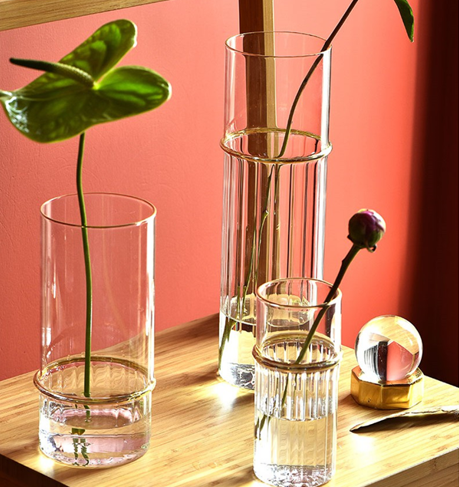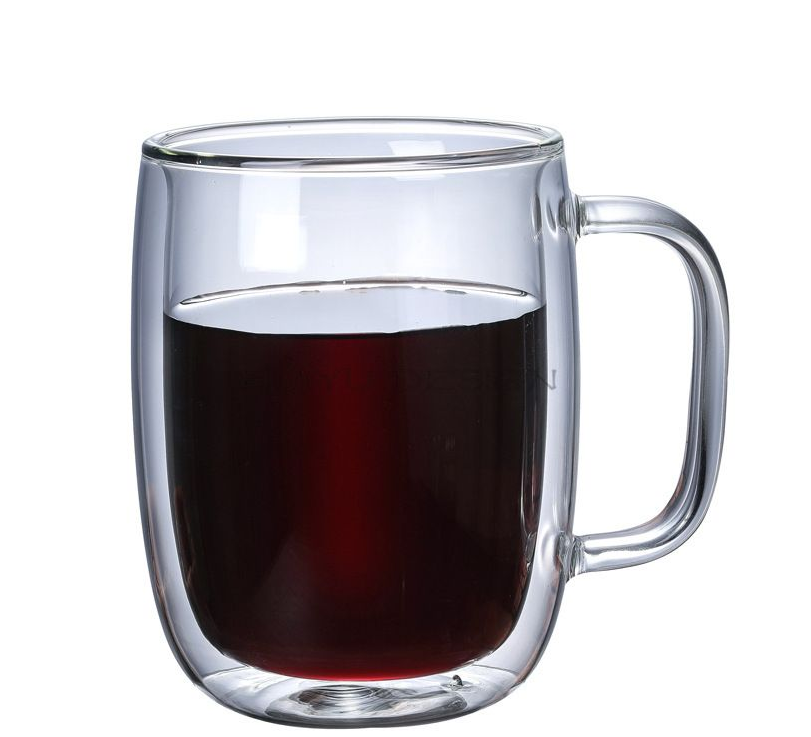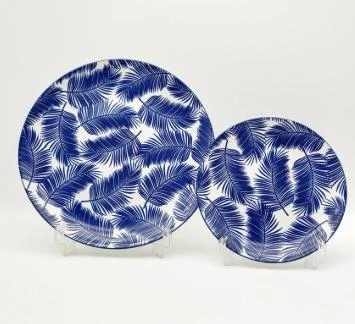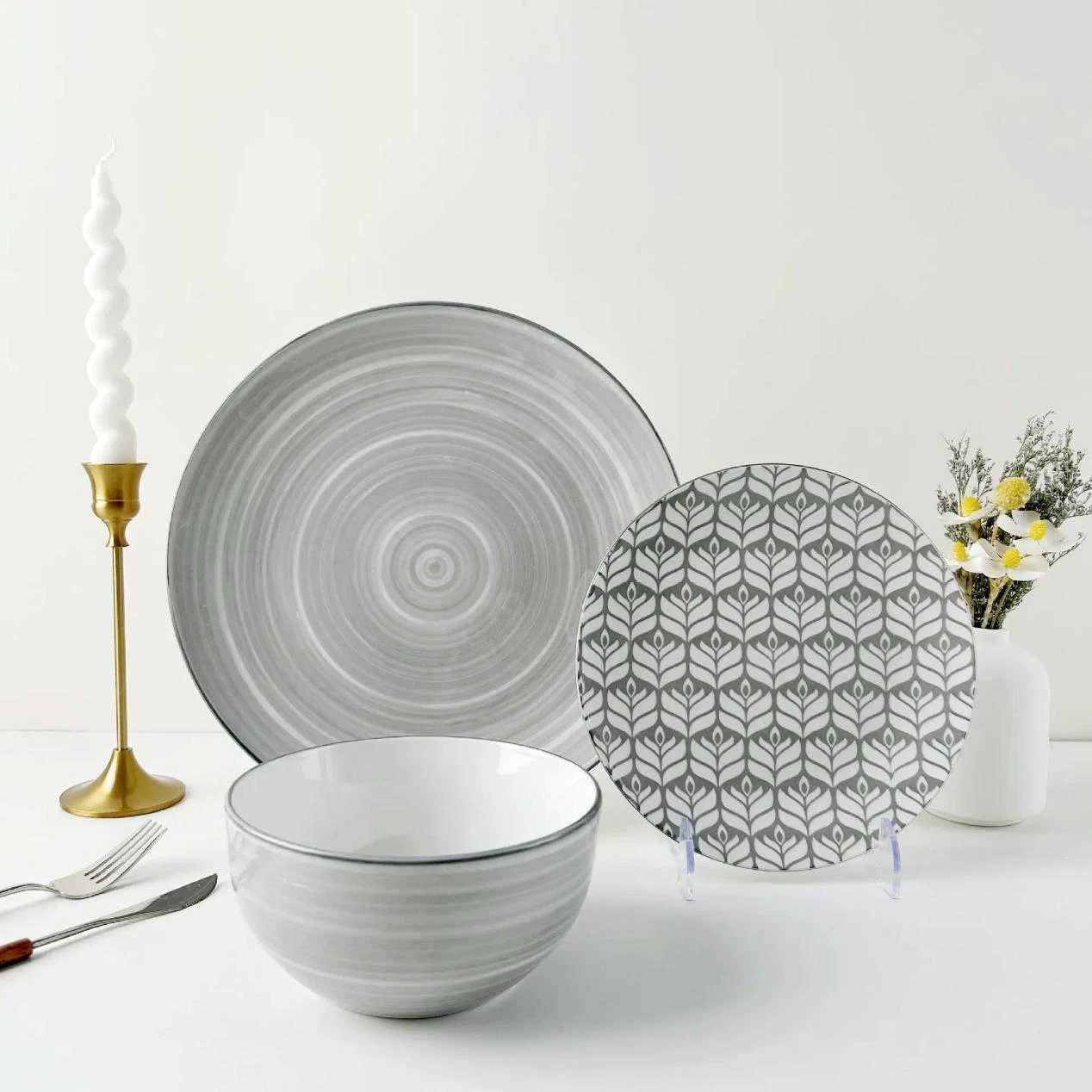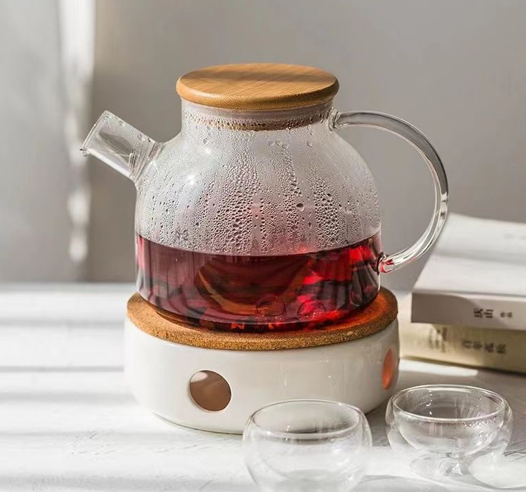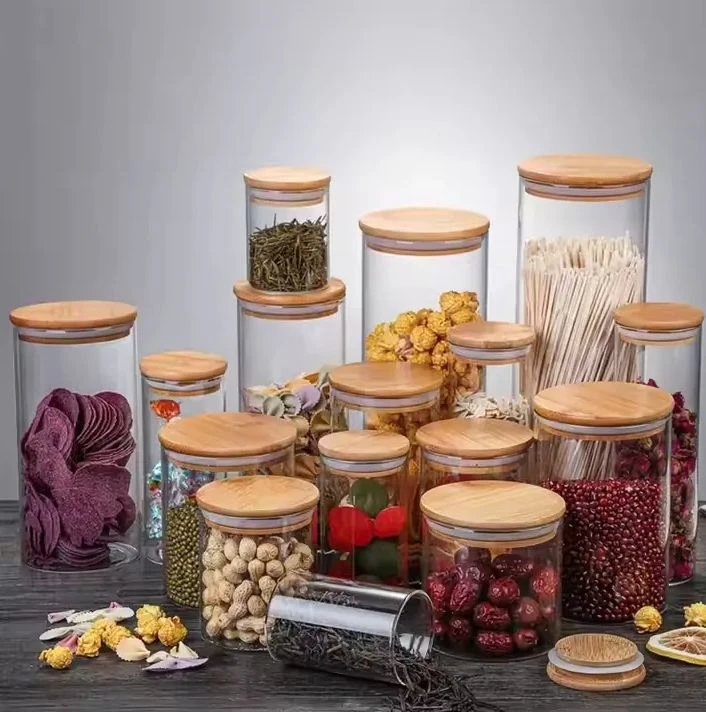Green ceramic dinnerware is rapidly emerging as the new standard in modern tableware for both residential and commercial settings, emphasizing eco-friendliness, durability, and aesthetic versatility. Products such as pad print ceramic dinner set blue leaf (official link) demonstrate the latest advancements in ceramic dinnerware technology and design.
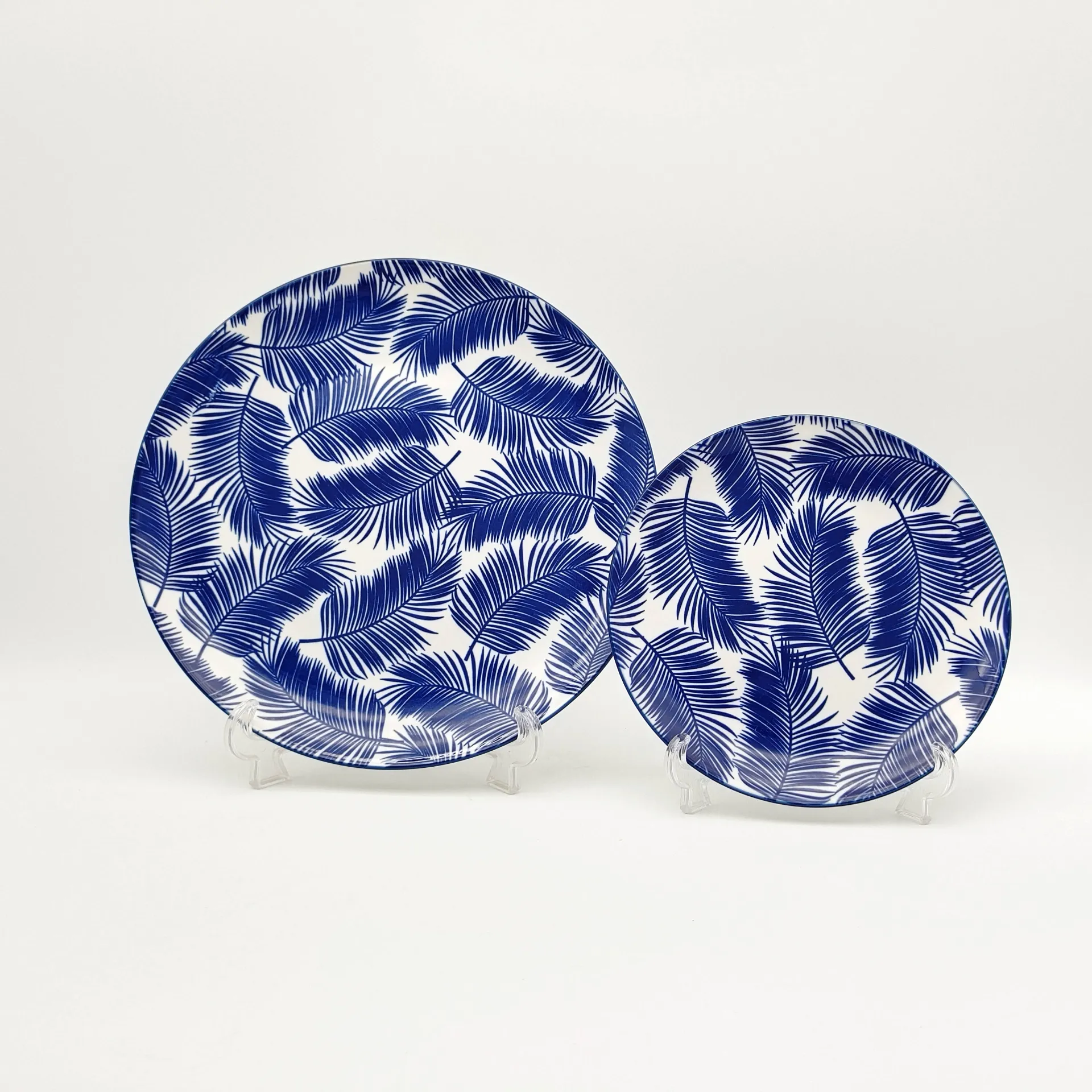
1. Industry Trends and Market Evolution
The global ceramic dinnerware market size reached $10.8 billion in 2023 with an expected CAGR of 5.3% from 2024 to 2029 (Grand View Research). Sustainability drives the growth of green ceramic dinnerware alongside innovation in black ceramic dinnerware set, black dinner set ceramic, and ceramic black dinner set.
- Eco-Conscious Materials: Rising demand for lead-free, cadmium-free, and recycled content ceramics.
- Technology Integration: Automation, precision CNC shaping, and advanced glazing ensure uniformity, easy cleaning, and extended product lifespan.
- Custom Print Designs: Pad printing and screen printing empower unique surface aesthetics and branding flexibility.
- Regulatory Compliance: ISO 6486, FDA (CFR 175.300) food-contact standards, and ANSI/NSF international certifications now set the global compliance baseline.
2024 Popular Green Ceramic Dinnerware Parameters
| Brand/Type | Material Grade | Finish | Glaze Standard | Durability (Years) | Certification | Color Option |
|---|---|---|---|---|---|---|
| Maixin Blue Leaf Set | Premium Eco-Stoneware | High-gloss + Pad Print | ISO 6486, FDA | 15+ | ISO, FDA | Green, Blue, White |
| IKEA HAVSEN | Feldspar Porcelain | Matte | LFGB, FDA | 10 | LFGB, FDA | Green, Beige |
| Lenox Eco Elite | Borosilicate-blend Ceramic | Satin | ISO 6486 | 20 | ISO, ANSI | Green, Black, Ivory |
| West Elm Green Essence | Stoneware | Reactive Glaze | FDA | 8 | FDA | Lime, Moss, Black |
| Royal Doulton Pacific | High-fired Porcelain | Gloss | ISO 6486 | 15 | ISO | Blue, Jade, White |
2. Technical Parameters & Competitor Comparison: Green Ceramic Dinnerware
For technical buyers and procurement managers, distinctions between green ceramic dinnerware, black ceramic dinnerware set, and ceramic black dinner set matter across these criteria:
- Material Body: High-fired stoneware, eco-porcelain, or recycled-blend ceramics.
- Pad Print Technology: Scratch-resistant, dishwasher-safe inks conforming to ISO 6486 and FDA food-contact requirements.
- Glaze System: Double-layered, lead/cadmium-free for anti-staining and superb gloss retention (tested with European/US acid/alkali protocols).
- Strength & Thermal Shock: Axial strength ≥ 180 MPa; thermal resistance > 150°C rapid variation cycles (aligned with ASTM C149).
- Available Sets: Options from 12-pc family kits to upscale commercial/banquet sets.
Competitor Product Parameter Comparison
| Feature | Maixin Blue Leaf | Black Ceramic Dinnerware Set | Ceramic Black Dinner Set |
|---|---|---|---|
| Material | Eco Stoneware (45% recycled) |
Calcium Porcelain | Dense Fired Earthenware |
| Surface | Pad Print + Gloss | Matte Reactive Glaze | Dual-layer Glaze |
| Edge Strength | ≥180MPa | 155MPa | 142MPa |
| Certification | ISO 6486, FDA, ANSI | FDA, LFGB | ISO |
| Thermal Shock | +180°C~ -20°C | +120°C~ 0°C | +90°C~ 0°C |
| Microwave-Safe | Yes | Yes | No |
| Sustainability Mark | ✔️ (Recycled material, water-saving kiln) | ❌ | Partial |
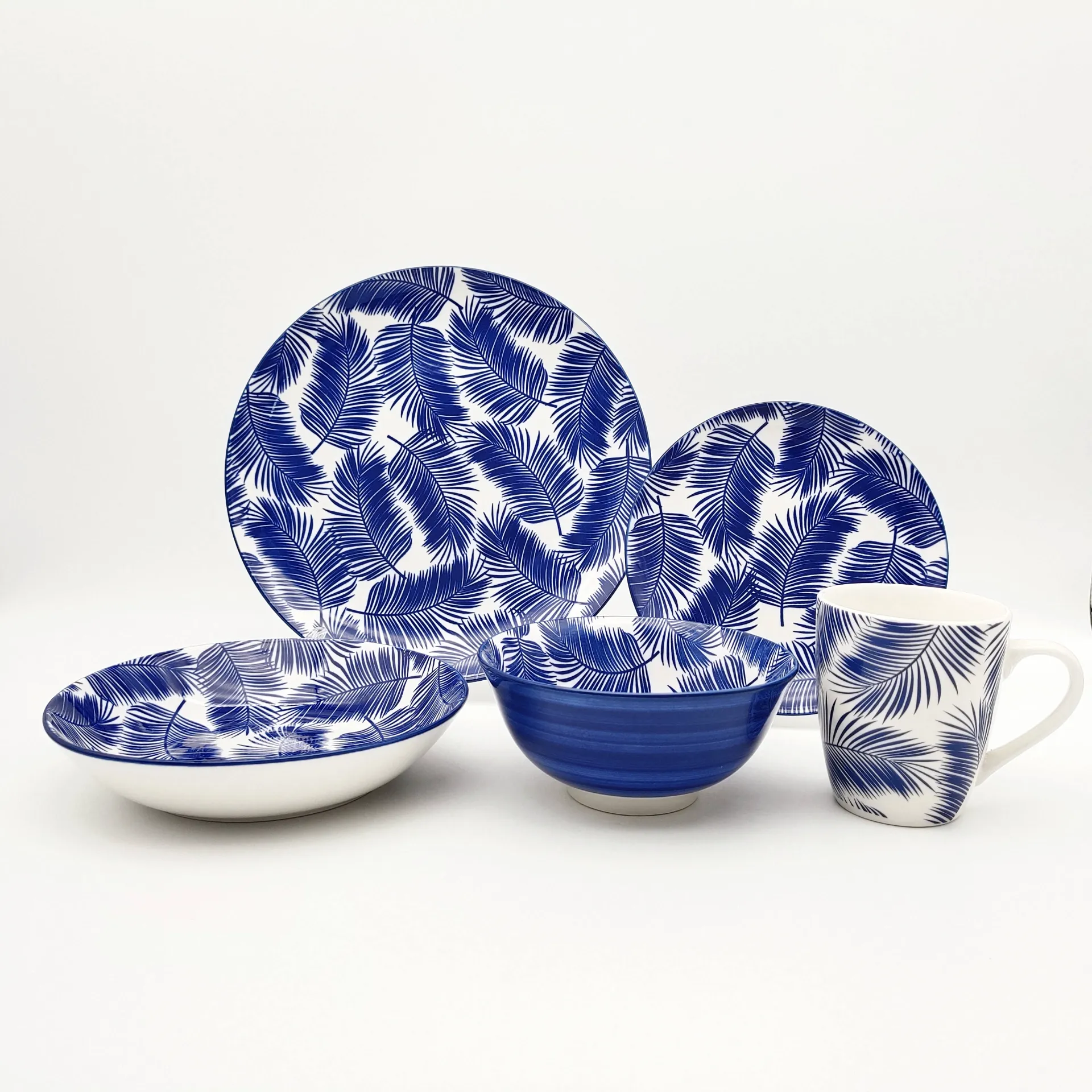
3. Manufacturing Process of Green Ceramic Dinnerware
The production of green ceramic dinnerware like the pad print ceramic dinner set blue leaf involves advanced manufacturing for quality, aesthetics, and sustainability.
- Raw Materials Selection: Recycled clays, kaolin, feldspar; screen for heavy metals per ISO 6486.
- Forming: Highly precise slip-casting, jiggering, or CNC (Computer Numerical Control) for uniform strength and edges.
- Biscuit Firing: Pre-firing up to 900°C, ensuring initial hardness and porosity control.
- Glazing: Lead-free, cadmium-free glazes; tested for acid/alkali resistance as per FDA/ISO.
- Kiln Firing: Final vitrification firing at 1250°C; ensures non-porosity and flawless gloss.
- Pad Print Decoration: Automated, color-stable printing using food-safe EU/FDA-certified inks. High adhesion and scratch/chemical resistance.
- Quality Inspection & Packing: 6-point inspection, thermal and chemical testing, ANSI impact test certification.
4. Green Ceramic Dinnerware Technical Advantages
- Performance: Higher axial strength, longer gloss retention (avg. 550 cycles in GB/T4760 scrubbing test), microwave and dishwasher safe.
- Durability: Average lifespan of 12-20 years under heavy use scenarios; surface scratch index Mohs 6+.
- Sustainability: 45-50% recycled clay content, water-saving kiln operations, CO2 reduction certifications.
- Safety: Lead/cadmium < 0.01 mg/L (10x below FDA max); no PFOA/BPA.
ISO 14831, CEN, and US FDA are referenced for all batch testing.
5. Application Scenarios, Customization Programs, and Typical Cases
- Hotels, Resorts, Airlines: Custom logo pad printing, vitrified glaze for high wash-cycling resistance.
- Restaurants, Cafés, Canteens: Durable sets, minimalist or artistic printwork.
- Catering, Hospitals: Low leachate ceramics complying with global food safety—especially important for kids, elderly, and sensitive groups.
Customization Options: Color, capacity, form (round, square), glaze finish, logo pad/screen print, special edge reinforcements.
Case Study: Hospitality Chain in Europe—Sustainable Tableware Upgrade
- Situation: A 180-outlet hotel chain in Western Europe replaced their legacy dinnerware with Maixin’s green ceramic dinnerware as part of a sustainability campaign.
- Solution: Pad print design matched brand color, reinforced edges, and added surface nano-coating for maximum dishwasher cycles.
- Results: Plate breakage rate dropped from 2.7% to 0.8% in 9 months; guest NPS improved from 7.0 to 8.8. Annual replacement cost reduced by 34%.
— Procurement Director, HotelSaint
6. Manufacturer Authenticity and Certifications
- Industry Partnerships: Maixin Kitchenware—operating 18 years, servicing clients in Hilton, Lufthansa, and Metro AG.
- Certifications: ISO 6486, FDA CFR175, ANSI, and passed SGS/Intertek 3rd-party audits. Exports audited under European Ecodesign Directive.
- Quality Guarantee: 3-year product replacement warranty for glaze/print defects.
- After-Sales Support: 24/7 technical support, design mockups within 48h, warranty claims within 7 working days.
7. FAQ — Professional FAQ on Green Ceramic Dinnerware
8. Delivery Cycle, Warranty, Customer Support
- Lead Time: 25~35 days for standard; up to 42 days for custom shape developments.
- Warranty: 3 years on print, gloss, and functional chipping (normal use).
- Support: Multilingual engineers, 7-day product sample return, all queries (RFQs, complaints) addressed within 16h.
Conclusion: Trust and Reference
Amidst rising regulatory and sustainability standards, green ceramic dinnerware stands out for its eco-friendly production, product longevity, and industry compliance. With proven references and cross-sectoral applications—from hotels to airlines—its future is secure as the tableware benchmark of the decade.
References:[1] GrandViewResearch: Global Dinnerware Market Trends
[2] Ceramic Tech Today (ACerS): Advanced Dinnerware Materials & Standards
[3] ISO/FDIS 6486-2:2012
Previous
This is the first article